Monty Don’s expert tips for taking cuttings: the easy way to get new plants
Get new plants free of charge with Monty Don’s expert tips for taking cuttings from your favorite plants

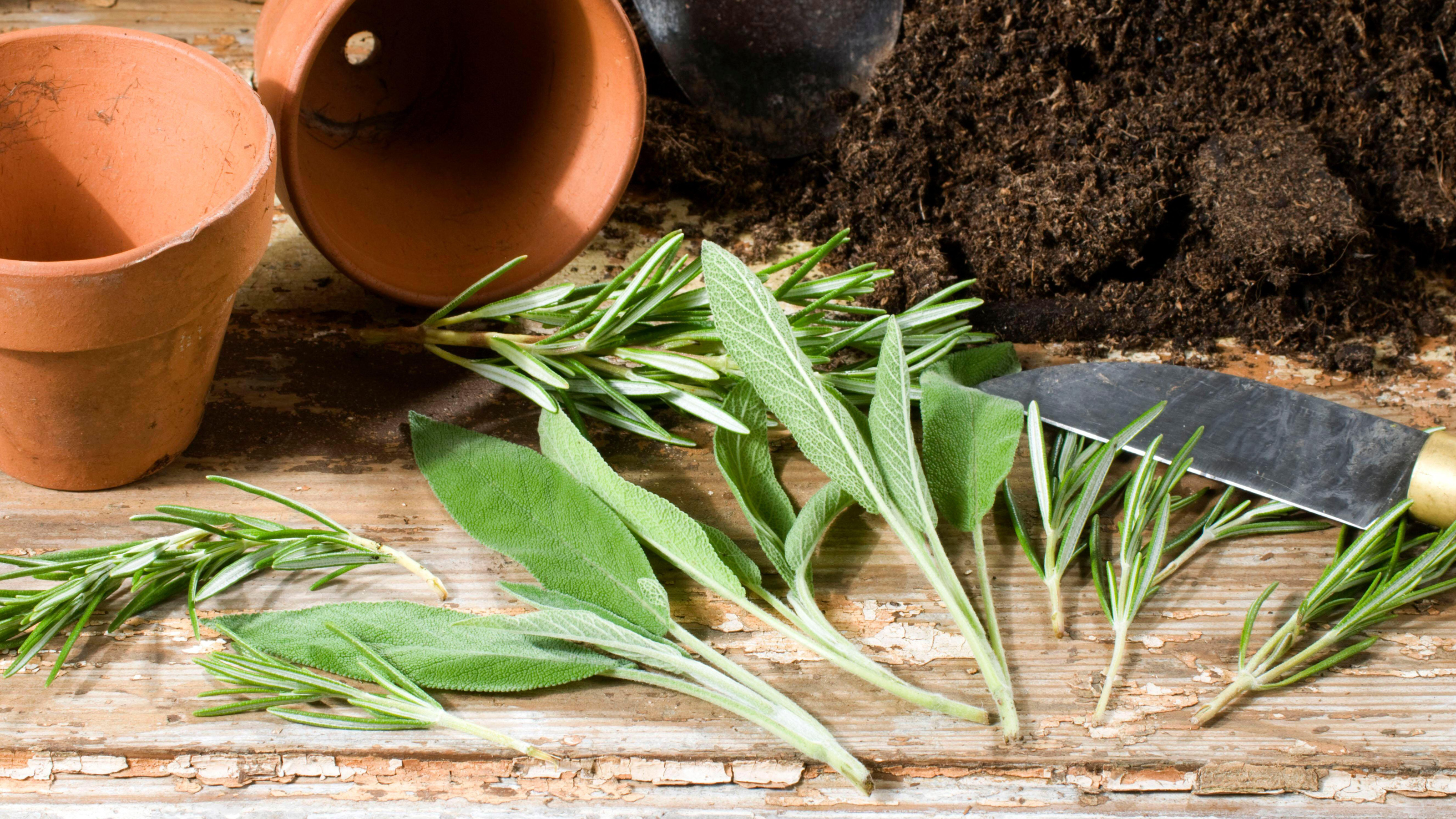
If you love the plants in your garden, then you'll want to hear Monty Don's expert tips for taking cuttings. It means new plants without the expense of buying them and it's a great habit to get into. What’s more, plants grown from cuttings are the same as the original plant so you can be sure of what you’re getting.
As gardener, broadcaster and writer Monty Don says, ‘Cuttings are essentially clones so if you have a favorite rose or a particularly delicious gooseberry or a really good upright rosemary bush then all these qualities will remain with the new plants grown from cuttings.’
The lowdown on how to take cuttings from plants is your guide to softwood, semi-ripe and hardwood cuttings, and here we’re sharing advice from our favorite gardening expert, Monty Don, on taking cuttings at the end of summer.
Monty Don’s expert tips for taking cuttings
Taking cuttings is an easy task. On his website, Monty Don shares his tips on taking semi-ripe cuttings – in other words those taken from the current season’s wood. These shoots are hard at the base but they have a soft, pliable tip.
If you’ve previously taken softwood cuttings, be aware of Monty’s caution that semi-ripe cuttings are slower than softwood versions to make new roots. However, on the upside, Monty Don says they are slower to die back, giving you more time.
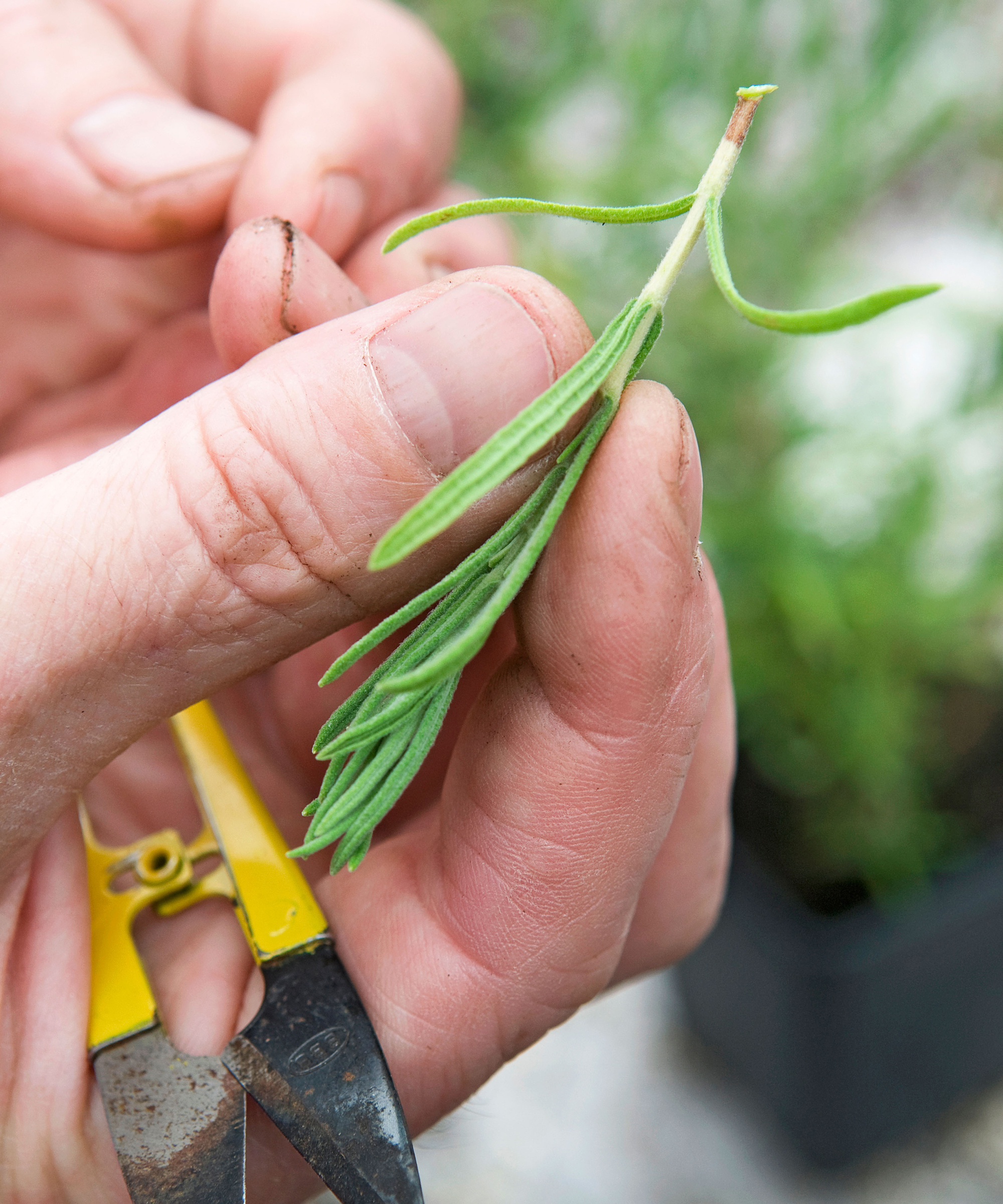
1. Prepare to take semi-ripe cuttings
You will need to prepare for taking cuttings by getting together a sharp knife and a pair of your best secateurs along with a plastic bag, Monty Don advises. The reason is that the sharper the blade with which you make the cut, the more likely the cuttings are to root, Monty Don reveals.
The plastic bag, meanwhile, is for the cuttings but its purpose isn’t just carrying them. Put the cuttings in there straightaway and moisture loss is reduced, Monty says.
Ideally, you should take cuttings in the morning because the plant will be full of moisture. But Monty doesn’t think sticking by this is a necessity.
2. Choose the right shoots
What should you be looking for when you take cuttings from a plant? One of Monty Don's expert tips for taking cuttings is that you should select growth that is healthy, strong and straight, and avoid material with flowers or flower buds.
Be aware that plants like rosemary, for example, can root from side shoots that have been peeled from the main stem, but Monty’s preference if there’s lots of plant material to pick from, is to go for shoots with the growing tip intact.
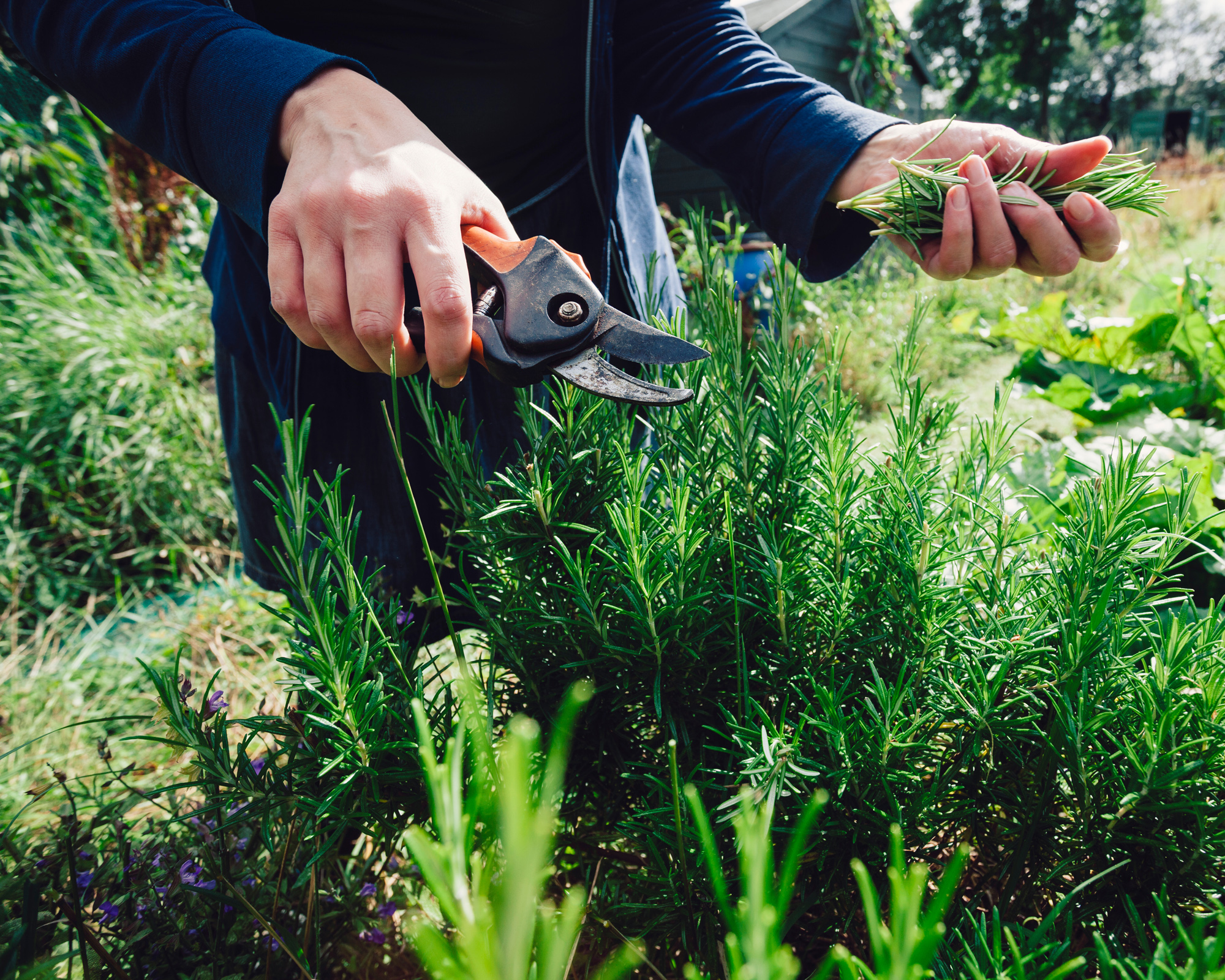
3. What to do with the cut shoots
It’s important to act straightaway once you have collected shoots in the plastic bag, Monty Don advises. This is because a cutting is dying once severed from the plant and until new roots are formed, he says. Potting them up right away is more likely to deliver new plants.
4. Pot up summer cuttings
Monty Don’s advice on potting up is to strip all the lower leaves and side shoots from each cutting, leaving just 1 inch (2.5cm) or less of foliage.
Next, cut the stem to size – again using a sharp knife or secateurs – and bury it in a pot, he advises. Monty recommends very gritty or sandy compost. There's tips on composting at home in our expert guide.
Cuttings should go around the edge of a pot; Monty puts at least four and sometimes more in a single container.
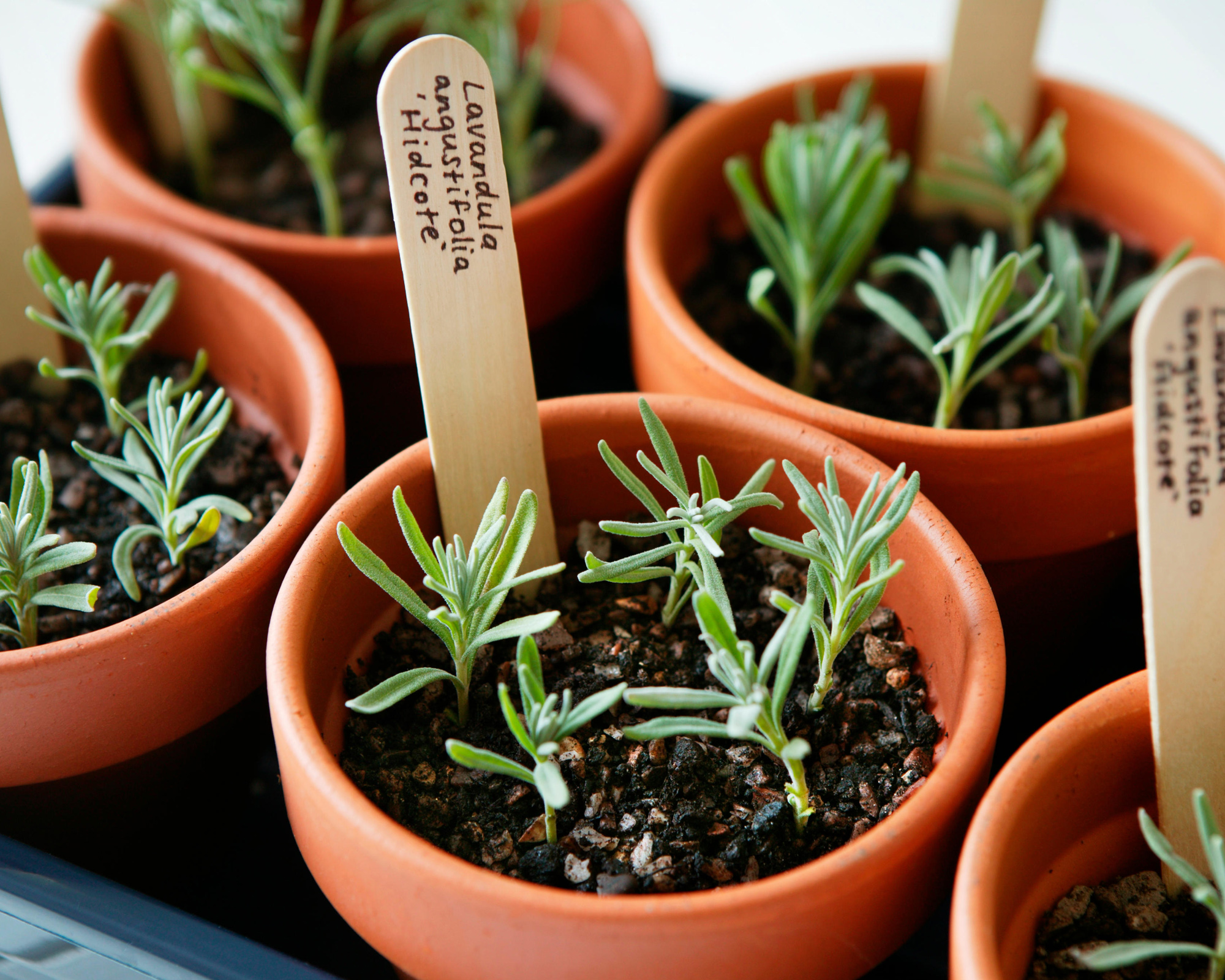
5. Care for the cuttings
Your potted-up cuttings need both warmth and light, but Monty’s tip is to avoid placing them on a south-facing windowsill because the result could be scorching.
You'll need to keep on top of watering plants well initially, but after that Monty advises keeping them just moist. However, to stop the leaves drying out before the roots have formed, follow Monty’s lead by spraying daily with a mister.
Monty’s hint on how to tell when the roots have formed? You’ll spot fresh new growth. When that happens, he says they should be potted on individually. Spring is the time to plant them out in pots or flowerbeds once the weather has warmed up.
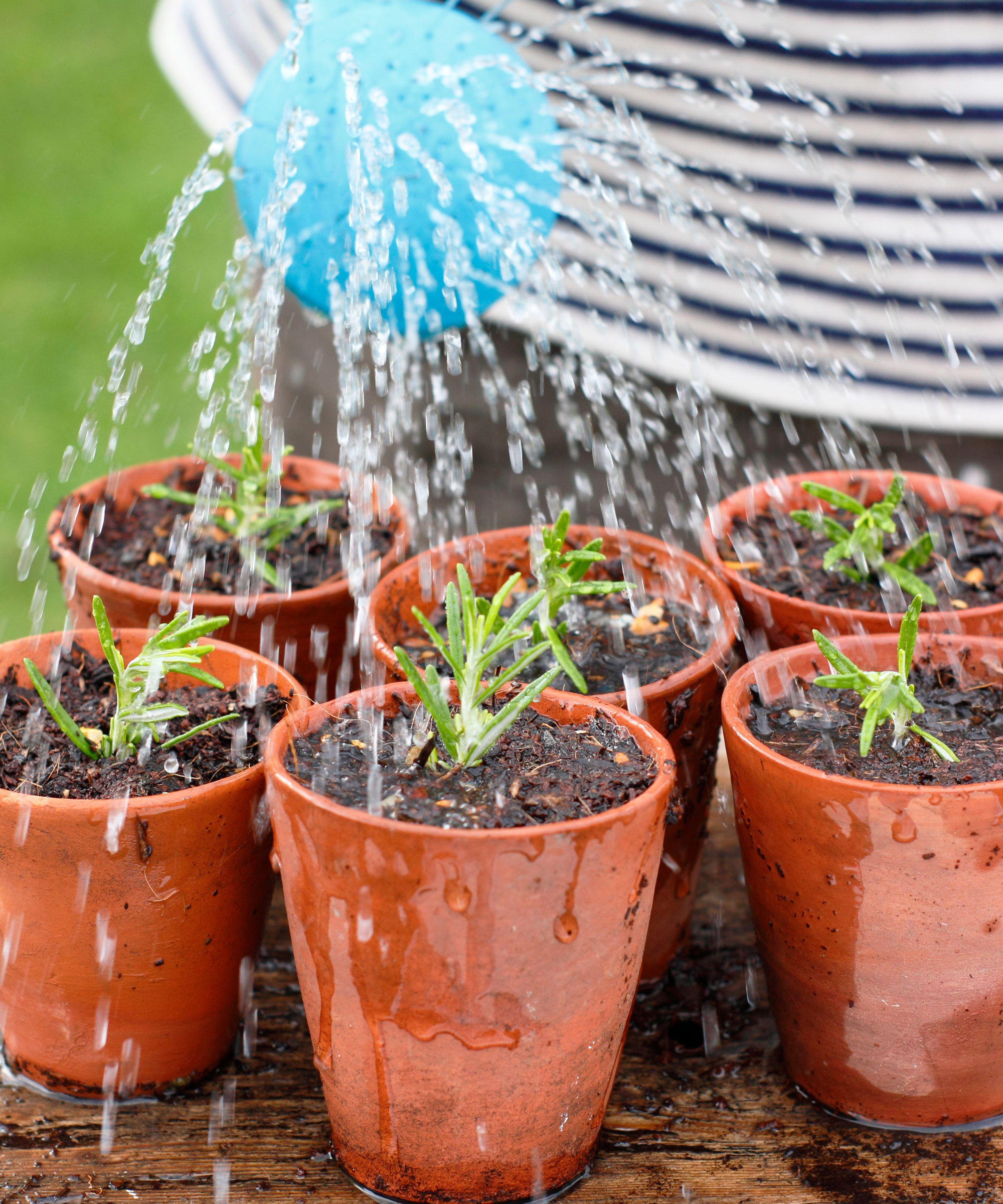
Plants to take semi-ripe cuttings from
The following plants are all good for taking semi ripe cuttings from:
- Herbs As well as the rosemary suggested by Monty, think about getting new sage and thyme plants by taking cuttings, as well as bay and lavender. You can find plenty of tips on how to take lavender cuttings in our guide.
- Shrubs You might like more of favorite evergreen shrubs such as choisya, mahonia, viburnum, and cistus.
- Perennials If you've learned how to grow salvias this year, then you can also take cuttings and get new plants for free. Other perennials include petunia, verbena, fuchsia and penstemon.
- Climbers You could take semi-ripe cuttings from passionflower, ivy and trachelospermum.


Sarah is a freelance journalist and editor writing for websites, national newspapers, and magazines. She’s spent most of her journalistic career specialising in homes and gardens and loves investigating the benefits, costs and practicalities of home improvement. It's no big surprise that she likes to put what she writes about into practice, and is a serial house revamper.
